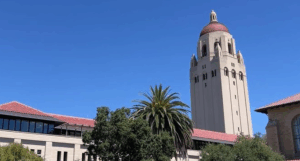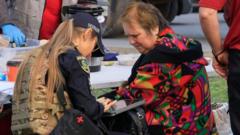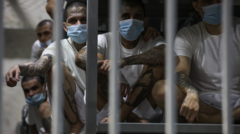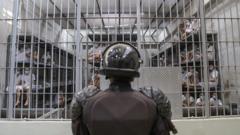As Vice President JD Vance embarks on a family visit to India, officials and analysts speculate on the implications for US-India trade relations amidst looming tariffs. The warmth between the Vance family and Indian leaders suggests efforts to maintain a positive bilateral relationship under challenging circumstances.
Vice President JD Vance's Visit to India: A Signal for Trade Relations?

Vice President JD Vance's Visit to India: A Signal for Trade Relations?
Amid escalating tariff concerns, Vice President JD Vance's trip to India raises hopes for continued US-India trade collaboration and reassures fears surrounding the Trump administration's policies.
As Vice President JD Vance embarked on a significant four-day trip to India, the atmosphere among Indian officials and citizens was notably optimistic, particularly in light of concerns surrounding potential tariffs imposed by the Trump administration. The visit, which began on Monday, has been highlighted by the Vice President's wholesome family moments, including picturesque family photos outside traditional sites and engaging with Prime Minister Narendra Modi.
Despite the uncertainty stemming from the policies of President Trump, the Vance family's warm reception seemed to suggest a potential diplomatic thaw regarding US-India relations. Analysts and high-ranking officials in India have indicated that Vance's presence is a reassuring signal, that the U.S. might still be inclined to solidify the bilateral trade agreement originally discussed during Modi's Washington visit earlier that year.
Happymon Jacob, an associate professor of diplomacy at Jawaharlal Nehru University, emphasized the importance of this visit. He noted that it arrived at a crucial time marked by international apprehension regarding Trump’s dealings with allied nations, including India. The trip is perceived as a strategic move to reaffirm the partnership, indicating that there’s a mutual desire to keep collaboration on track, notwithstanding uncertainties about future tariffs.
While not definitive, the familial and warm displays of unity observed during Vance's trip raised hopes that the U.S. remains committed to navigating the intricacies of trade relationships with India. Whether these symbolic gestures will translate into concrete policy changes remains to be seen, but for now, they serve as a momentary balm in the ongoing discourse surrounding international trade dynamics.





















